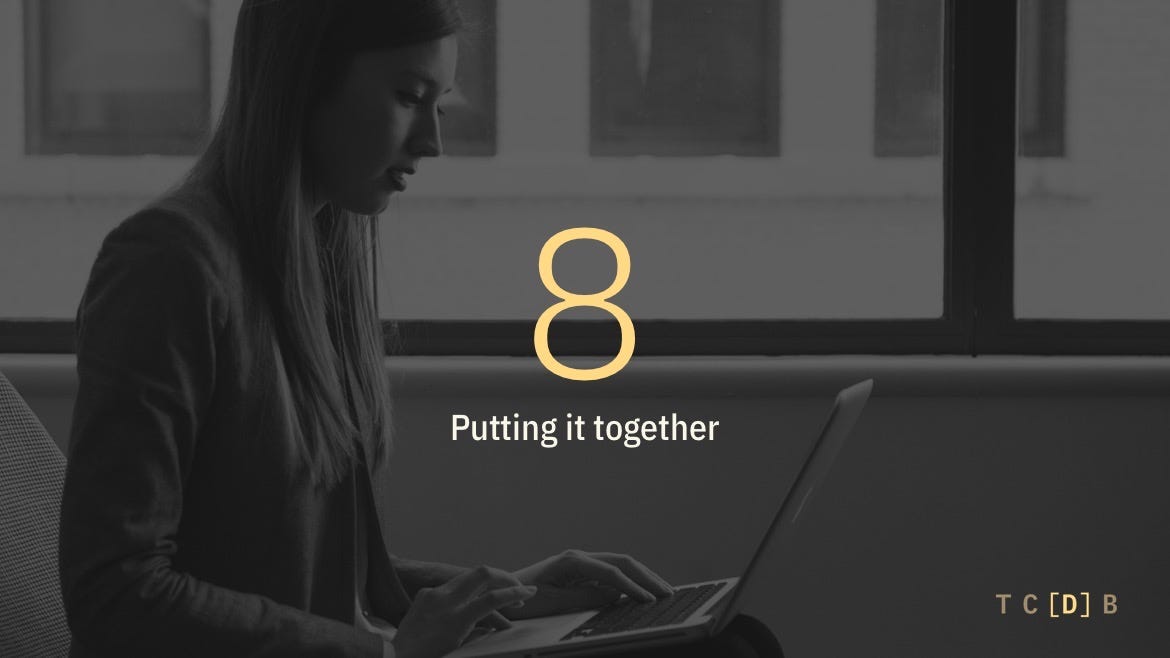Reflecting on our seventh week on the DivInc Social Justice Innovation Accelerator.
Our seventh week of the accelerator was all about giving feedback. We focused on figuring out what searchers and sharers might want, started to put our idea into action, and received candid feedback on what works and what doesn’t. In our eighth week, we focused on bringing it all together – what we know about our users and the issue, as pitch day is fast approaching.
Don’t bury the lede. People react positively to our concepts in words – 55% would use the product without seeing mockups – but one user completely missed the point of the solution even with mockups.
We need to set better context and show actionable assets earlier in the user experience journey to ensure they understand what the product does, quickly deliver our value propositions, and encourage extended engagement with our product. The lack of clarity in the value of our product is a cause for iterating on both our interview protocol and wireframes to ensure we get the most out of our user contact time.
Speaking of lack of clarity, our issue is still unclear based on the feedback we receive. The problem, as we see it, is that managers lack credible on-demand access to actionable resources to address leadership challenges. These resources should come from other leaders who understand their background and have experience addressing similar challenges for their teams and organizations. Our original goal with Tech Can was to scale actionable diversity, equity and inclusion tactics. [Do] Better. Systemic fairness is always at the heart of our mission, just as effective and inclusive leadership is essential to breaking down these systemic barriers.
Pull, pull, pull. A mentor call provided insight into the importance of defining and demonstrating traction with any product, but especially an early-stage product like ours. Traction, as he defines it, is ensuring that a user can complete our customer journey and still have confidence in our solution. Ideally, this customer repeats the process and is willing to pay for it. He told us, “Convert a user…then do it again, then do it again.” New bar, ready.
Keep iterating. We realize that the cornerstone of the Founder’s Journey is that there is no “I’m done”. Priorities and tasks are constantly changing, so it’s important to stay aligned. However, with this pace comes challenges, namely communication. Our weekly (and sometimes bi-weekly) wellness checks and commitment to doing one thing fun when working in person have gotten us through the misalignment gracefully.
As we appreciate the gift of your feedback, we plan to post it soon. Keep it secret, but let us know what you think!
If you’re looking for a faster start on how to advance DEI and achieve your business results, we’d love to talk to you. Let’s do better.
You can follow our accelerator journey here on Medium, our website or our social media accounts.
Lawrence Humphrey, co-founder and CEO of Tech Can [Do] Better
Fallon Blossom, COO of Tech Can [Do] Better

